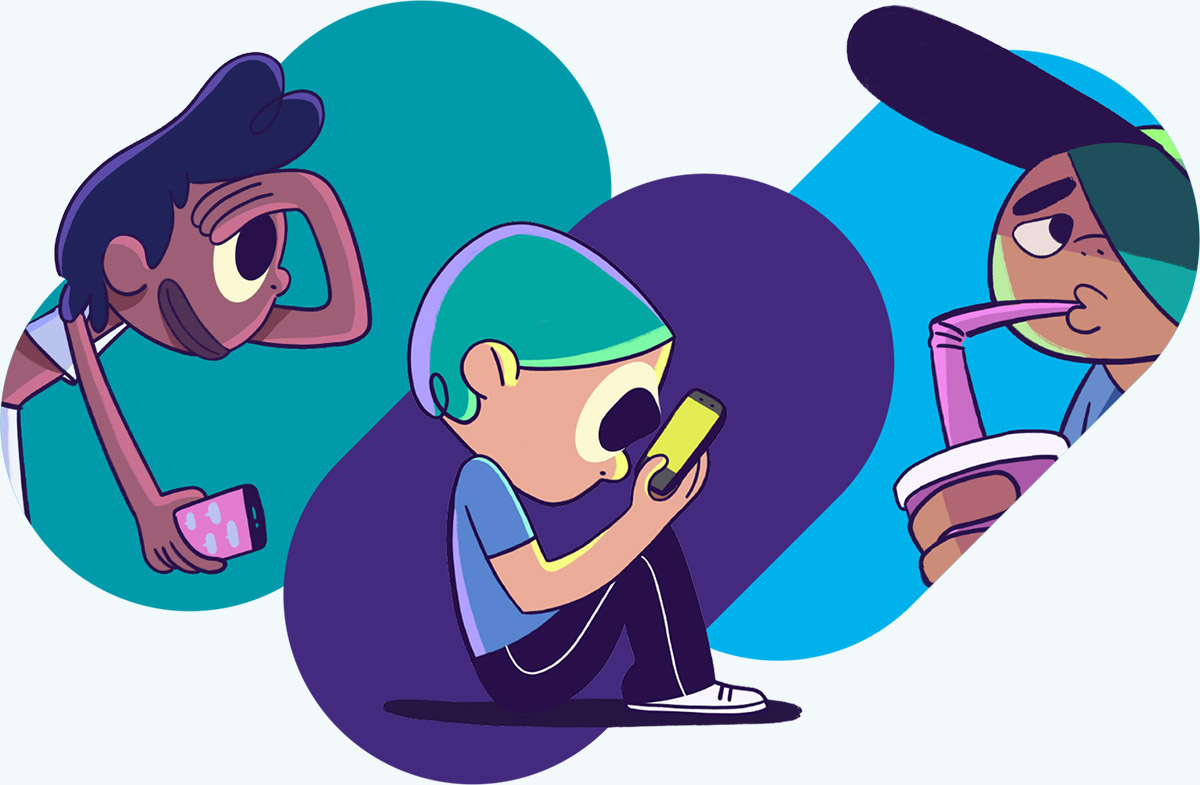
Tired of blurred vision?
Myopia is a refractive disorder that can be triggered or aggravated by poor “eye hygiene”. Our specialists explain all the tricks to reduce the risk of becoming myopic in childhood and preserve good far vision.
Everything you need to know about myopia
The Eyes of Children
Children's Vision Information Portal
Even if they have eyesight problems, children rarely complain about their vision. Early detection is important, because if eye disorders are not corrected, they can lead to permanent vision loss.
Parents are the first to be able to detect a vision abnormality in their child. On this site, we therefore outline all the warning signs of a possible visual pathology. Our eye health specialists answer common questions, describe the visual disorders frequently encountered in childhood and give advice on available treatments.
Order our free brochure available in 10 languages!
Order the brochureHere, you can discover in particular
- When to see a doctor if an eye symptom appears that warrants an ophthalmological examination: headaches, poor near vision, visual fatigue, discomfort in bright light, etc.
- The family history deserves special attention in order to detect a possible visual disorder
- A simple eye test to perform at home for a first screening of eye disorders
- An explanation of each stage of visual development: from blurred vision in black and white to its complete development
- A reminder on the importance of binocular vision and the risks associated with amblyopia
- Some illustrated examples of common vision problems: myopia, hyperopia, astigmatism, strabismus and cataracts
- Advice for children who need optical corrective glasses, and how to protect the eyes from the sun

